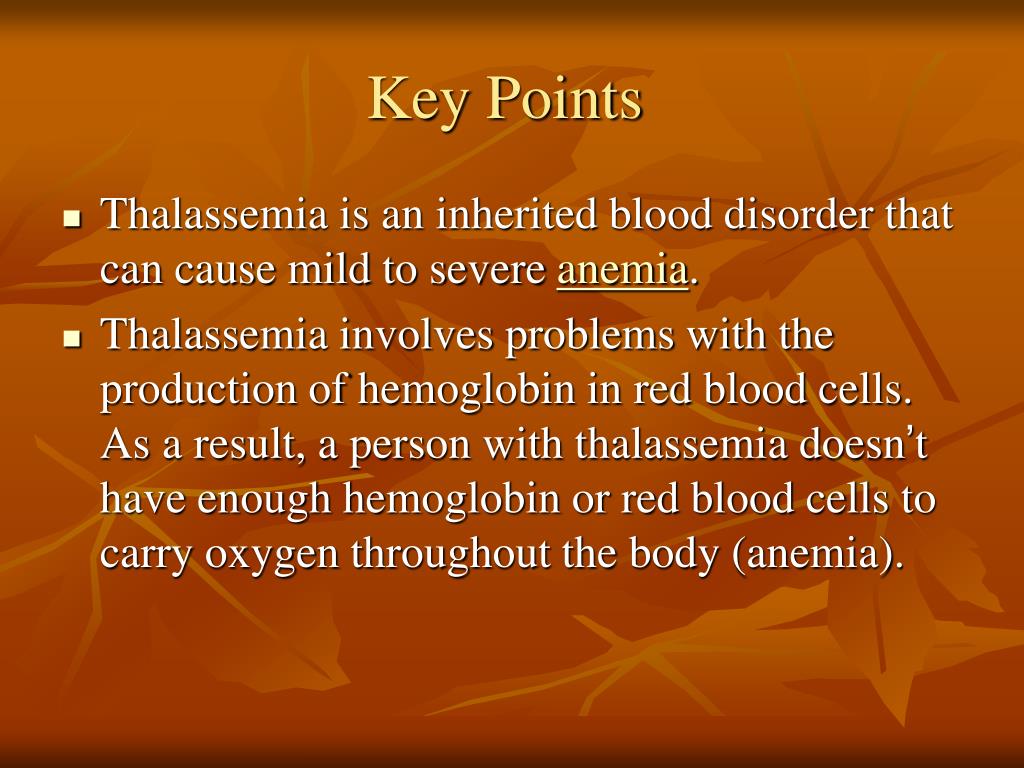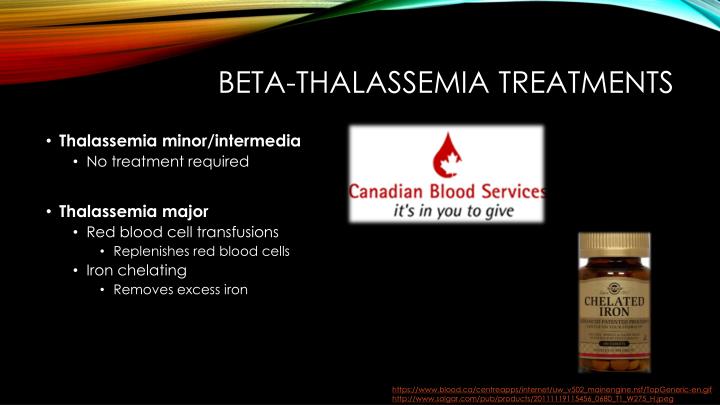

Patients with a 25-hydroxy vitamin D less than 20 ng/dL. Vitamin D supplementation (50,000 IU once a week until levels normalize) is recommended for

The amount of iron obtained from just one unit of packed redĬells (200 mg) far outweighs the amount of iron obtained from a 3-ounce steak (5 mg). Recommended to reduce iron absorption from food.įor transfused patients on chelation therapy, a low-iron diet is unnecessary and may decrease the Supplementation without iron is suggested (e.g., Centrum Silver in tablet or chewable form isįor nontransfused thalassemia patients, folate supplementation (1 mg daily) is recommended,Īnd consuming a moderately low-iron diet is encouraged-that is, avoiding iron-fortified cerealsĪnd other products and excessive consumption of red meat. History, complications of the disease, and, in children, growth status. Recommendations for dietary supplementation should be made as indicated by nutritional Vitamin D, fasting glucose, fasting plasma zinc, serum copper, ceruloplasmin, serum selenium,Īlpha and gamma tocopherol, plasma ascorbate, and serum folate. Annual nutritional laboratory testing should include albumin, 25-hydroxy


Of calcium, vitamin D, folate, trace minerals (copper, zinc, and selenium) and antioxidant Patients should be evaluated annually by a registered dietitian regarding adequate dietary intake Nutritional requirements, and morbidities such as iron overload, diabetes, and chelator use. Nutritional deficiencies are common in thalassemia, due to hemolytic anemia, increased Goldberg EK, Neogi S, Lal A, Higa A, Fung E. Nutritional Deficiencies Are Common in Patients with Transfusion-Dependent Thalassemia and Associated with Iron Overload. ▶ Talking Nutrition with Connie Schroepfer, MS, RD: ▶ 3 Simple Suggestions for a Healthy Diet Living with Thalassemia NUTRITION AND EXERCISE


 0 kommentar(er)
0 kommentar(er)
